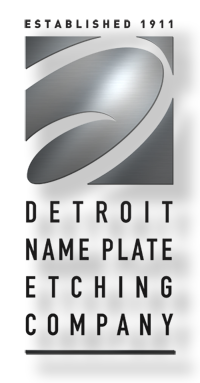As the weather gets colder, you might find yourself wondering: how cold is too cold for certain metals? Although metals have a melting point at extremely high temperatures, can metals become brittle and break at lower temperatures?
If you’re in an industry that needs metals to withstand the cold, such as agriculture, healthcare, energy, and more, you should know what metals can handle what temperatures.
How low can you go?
Metals are used in lower temperatures than you’d think. Industries like agriculture, manufacturing, and tech use materials like liquid helium and hydrogen for storage, preservation, manufacturing and more. The most prominent industry dealing with these temperatures is numclear storage and These substances can only be kept in a liquid state in freezing temperatures, colder than you can naturally find on earth.
So, what metal can withstand temperatures colder than the artic? According to MarkHamMetals.com, “For conditions lower than -196° Celsius, high alloy steels are the only metal that can do the job.” The blog further details that if these high-alloy stainless steel needs a weld, a steel compound with low carbon levels will be needed. The weld should have a high concentration of nickel, too to keep the welds from bursting at these subarctic temperatures.
How low do you really need to go?
Of course, not every name plate, data plate, or logo plate needs to withstand temperatures most commonly found in outer space. You know your industry and where your plates need to live. If it’s not room temperature or close, then you’ll have to consider what kind of metal you’re working with. According to Gasparini, the best steel to withstand colder temperatures are high-alloy steels like 304 and 310. However, if you live or work in a very cold climate (think Alaska), seek out aluminum alloys that can withstand temperatures as low as -45 degrees Celsius. That’s usually the threshold for natural cold.
That said, the biggest consideration for plates that need to factor in temperature is the weather. A lot of logo plates and name plates are built to live outside. When we say plates should withstand the elements for a lifetime, we mean rain, snow, and UV light. As far as the cold goes, most plates need to stand up to the hottest and coldest weather in your climate.
What does this mean for my project?
Name plates, data plates, and logo plates live in different places. Typically, your plates will live in a climate-controlled area where you, your team, or passersby can read warnings, names, and other pertinent information. Even if your plate is going to go outside, the fluctuating temperatures where you live can cause some materials to expand and contract, making their shelf life shorter.
If your plate is going to be outside and it’s not made of a steel alloy that can easily withstand cold, or if you need a plate that will be in a freezing room, contact us and we’ll walk you through what kind of metals and treatments you need!
